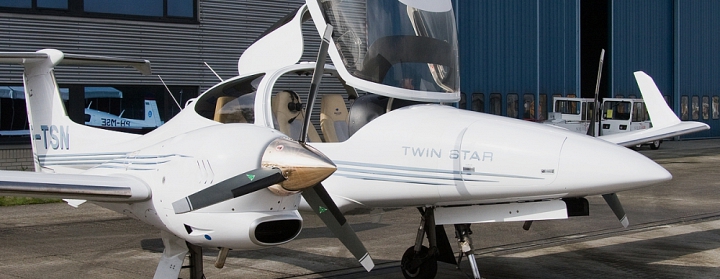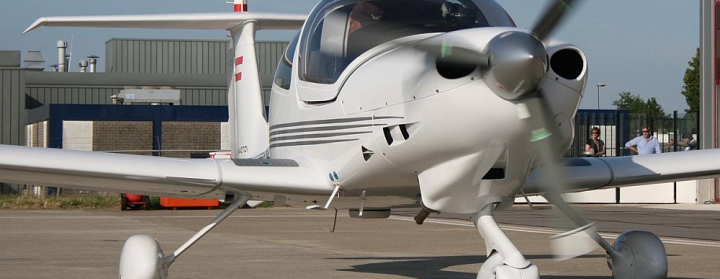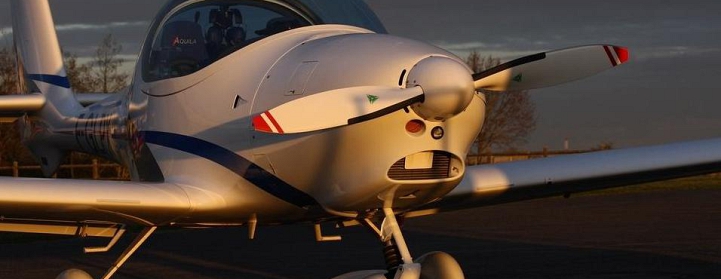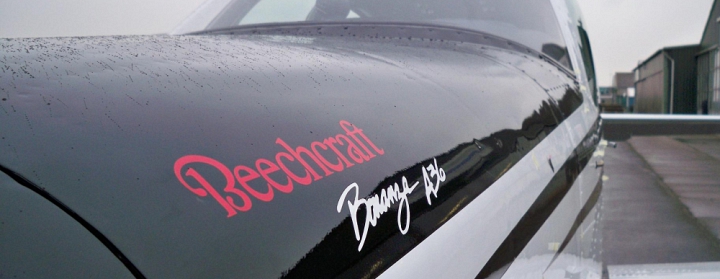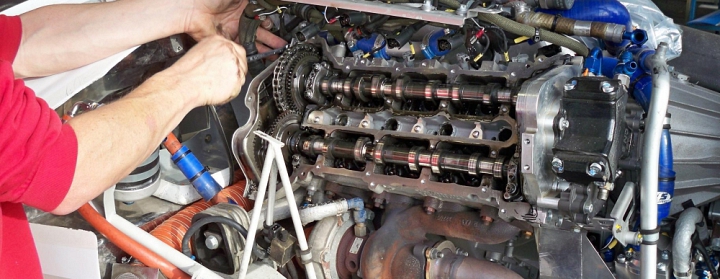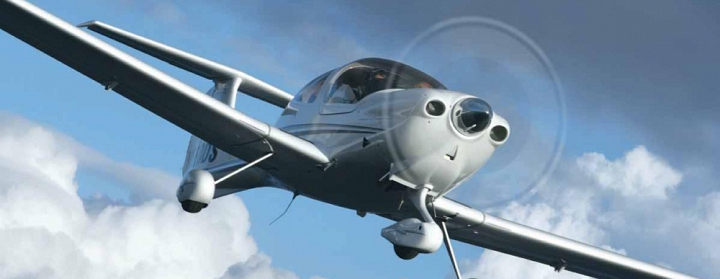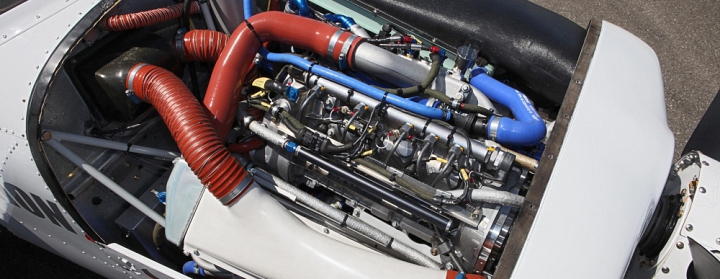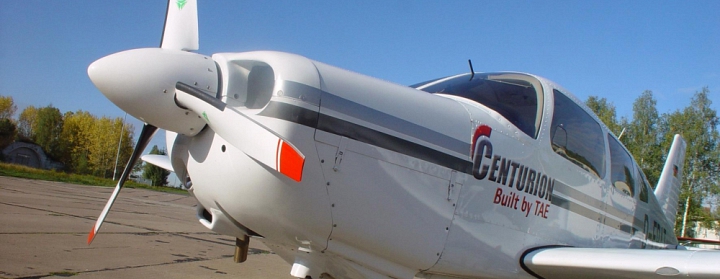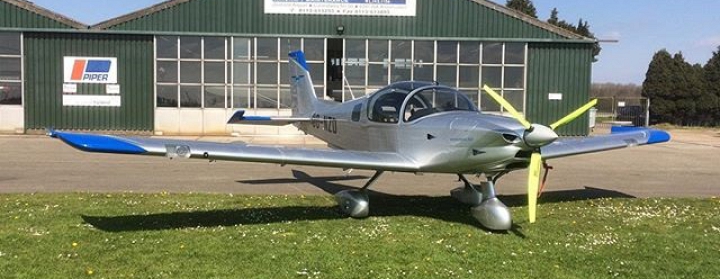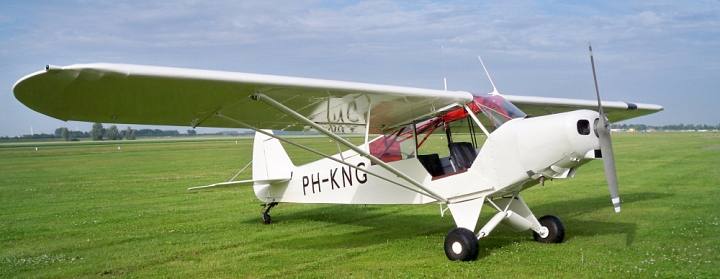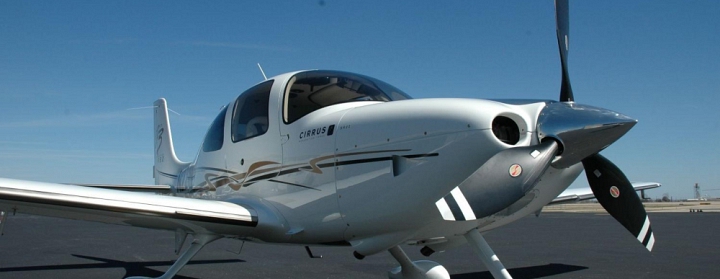Autofuel and aircraft
While avgas price is increasing rapidly, and in some countries more and more difficult to get, autofuel is a cheap and widely available alternative. A wide range of common Lycoming and CMI engines are approved for autofuel, including for most Robinson R22 and R44 helicopters. Petersen Aviation, Inc. has sold over 36.000 STC's worldwide since 1983. The required STC's in Europe are available via Vliegwerk Holland BV. To fly legally on autofuel, both your engine and airframe need to be STC’d. Once the STC’s are applied, it is important to choose the right autofuel. A lot of brands and qualities are available today. But what are the differences exactly? What are the do's and don'ts? Two important things must be verified when using autofuel: the octane number and the ethanol content. But is that all? On this page you can read the most important things about autofuel you should know and consider when operating your aircraft on it.
Autofuel
A lot of brands and qualities are available in Europe. The European standard for automotive fuel is described in EN228. All automotive fuels meet this European norm and thus have the same 'basic-fuel'. The differences is found in the additives. Additives to improve fuel performance, antifoam agents, cleaning agents, bacteria inhibitors, etc. These additives differ in qualities and quantities. The more expensive brands will contain more quality additives than the cheaper brands, claiming more and special features. Autofuel has also different requirements in wintertime. This is done by changing the RVP (Reid Vapor Pressure). The RVP is the volume fraction that evaporates at 37.8 C. The lower the RVP, the harder the fuel evaporates. During wintertime oil companies sell gasoline which is more volatile (higher RVP) than in the summer, for easier starting of the engine. There is nothing wrong with using winter fuel in winter. What you need to avoid is using winter fuel during hot weather operations. Using 'winter-fuel' in hot weather may result in a vapor lock.
Two STC’s are always necessary, one for the engine and one for the airframe. The primary purpose of the airframe STC is to address the issue of vapor lock. If an STC exists for your airplane it means the vapor lock characteristics of that airplane have been tested and found to be acceptable. It is only following these tests that an airframe STC is issued. It is still prudent however to avoid fuel manufactured for use during the previous season. This is why you should obtain your fuel only from busy gasoline stations, those that have a high turnover rate.
Octane number
The Research Octane Number (RON) is the number usually seen on the fuel pumps in Europe, for example Euro 98 fuel. This number specifies the tendency for knocking. Knocking means the tendency for uncontrolled self-ignition of the air-fuel mixture in the engine. The higher the number, the more difficult the mixture ignites uncontrolled when compressed in the combustion chamber. You could say that the ‘Octane’ quality of gasoline is a measure of how well the fuel can ‘wait for the spark’ and burn smoothly when lit in the engine combustion chamber by the spark plug. With high octane fuel, the engine compression ratio (compression of the air-fuel mixture) can be increased. A high compression ratio is desirable because it allows an engine to extract more mechanical energy, i.e. more power, from the air-fuel mixture.
Aviation engines have been manufactured for different octane ratings over the years. Following WWII there were up to five different octane ratings available for aviation use. When jet engines came to replace big radials the higher octane aviation fuels were gradually eliminated. By the late 1970’s 100LL was introduced in order to eliminate the last of the original aviation fuels. No testing was done when 100LL was introduced. This led to materials compatibility issues due to the high aromatic content of 100LL. No prior aviation fuel contained aromatics. Once the incompatibility was recognized, OEM’s altered the materials used for fuel wetted components, hoses, o-rings etc, and the problem was negated. This helped with development of the autofuel STC’s because these components were in place by the time STC development started in 1983. Had this not occurred, installation of autofuel STC’s would have required replacement of virtually all fuel wetted components.
Autofuel has a lower octane number than avgas. Therefore it is only usable for specified and certified "80/87" (low compression) - and "91/96" (high compression) -octane rated engines (this designation can be mostly found on the engine data plate). Which grade of autofuel has to be used depends mostly on the compression ratio of the engine (a higher compression ratio needs a higher octane). Most turbocharged engines are "100/100LL"-engines. This means that they need a minimum octane number of 100; therefore no turbo-charged engine is currently qualified for autofuel use. The low compression engines needs fuel with an AKI* number of at least 87 or higher. The high compression engines need fuel with an AKI of at least 91 or higher. Therefore in Europe, nearly all engines certified for autofuel are required to use RON 98.
* The AKI is the average Anti Knock Index number and can be calculated by summerize the RON and MON number, and devide this by 2: (RON+MON) / 2 = AKI
Ethanol
There is a lot to do about fuel blended with ethanol (or: alcohol). Ethanol is added to automotive fuels for environmental and economical reasons. But ethanol has some adverse effects you don't want. Therefore, EASA allows no ethanol in the fuel, as well as in the original FAA STC . Why is ethanol so dangerous for your aircraft? First, ethanol absorbs water from the air. You don't want water in your fuel tank for several reasons. When ethanol containing fuel comes into contact with water, e.g. as might be condensed in a wing tank overnight or while descending from altitude/cold, the ethanol can separate out into the water. This also results in a higher risk for carb ice. Ethanol can also affects some rubber components like hoses and gaskets. Fuel bladder for example are very sensitive for it. Ethanol also increases the RVP of the fuel, with higher risk for vapor lock. EASA studies indicate that running ethanol through an engine just one time, can (depending on the alloys used in the engine) start corrosion that can never be stopped, even if ethanol is never again run through the engine.
A simple re-usable alcohol tester can be ordered together with your autofuel approval. Price of this tester is 18,50 (EUR). Another method is to add two or three drops of water soluble food coloring. If the drops sink to the bottom and sits there in a clump, than the fuel is negative for ethanol. If the food coloring dissolves in the sample then the fuel is positive for ethanol, and should be rejected.
Conclusion
Running your engine on autofuel will result in a cleaner engine because of the absence of lead. The engine will have somewhat better performance and will also 'pick up' a little better the throttle. The quality of the autofuel is very important and it's the responsibility of the user to verify if conditions and limitations are complied with to enhance safe use of autofuel.
- Choose fuel from a well-known brand in order to cut down on the aromatic content. Aromatics are used to cheaply raise octane. Hence fuel from name brand stations should be running a lower aromatic content.
- Verify that the fuel contains no alcohol. This can be done via one of the tests, or to ask your fuel supplier for the datasheet of the fuel.
- Verify that you use fuel with RON98 minimum.
- Avoid using autofuel older than 6 months.
Taking these conditions into account will lower your operational costs significantly, without compromising on safety.
Explanation of used terms:
About RON, MON and AKI
These terms are related to the octane number of the fuel. There is a Research Octane Number (RON) and a Motor Octane Number (MON). RON is determined by running the fuel in a test engine at 600 RPM with a variable compression ratio under controlled conditions. The MON is determined at 900 rpm engine speed instead of the 600 rpm for RON. MON testing uses a similar test engine to that used in RON testing, but with a preheated fuel mixture, higher engine speed, and variable ignition timing to further stress the fuel's knock resistance. Depending on the composition of the fuel, the MON of a modern pump gasoline will be about 8 to 12 octane lower than the RON, but there is no direct link between RON and MON. AKI is the average Anti Knock Index number and can be calculated by summarize the RON and MON number, and devide this by 2: (RON+MON) / 2 = AKI. Using the highest octane available (without ethanol) will ensure you have the right fuel. Just make sure the AKI matches the AKI called for on the STC.
Reid Vapor Pressure (RVP)
The RVP is the volume fraction that evaporates at 37.8 C. The lower the RVP, the harder the fuel evaporates. During wintertime oil companies sell gasoline which is more volatile (higher RVP) than in the summer, for easier starting of the engine.
Vapor lock
Vapor lock occurs when the fuel in a fuel line turns from liquid to vapor, before it reaches the engine. If the fuel line to the engine becomes hot, the fuel inside the line becomes hot. Liquid fuel turns into vapor or gas. The fuel pump may or may not able to move the vaporized fuel and the engine may stall. The first signs of vapor lock are normally a loss of fuel pressure, and/or when your engine begins to run roughly. The engine may sputter and hesitate and may fail completely. It may seem like the engine ran out of fuel or the fuel pump has failed.
Please visit our autofuel Frequently Asked Questions page for more answers.
Read also the ethanol fuel testing page of Petersen Aviation

